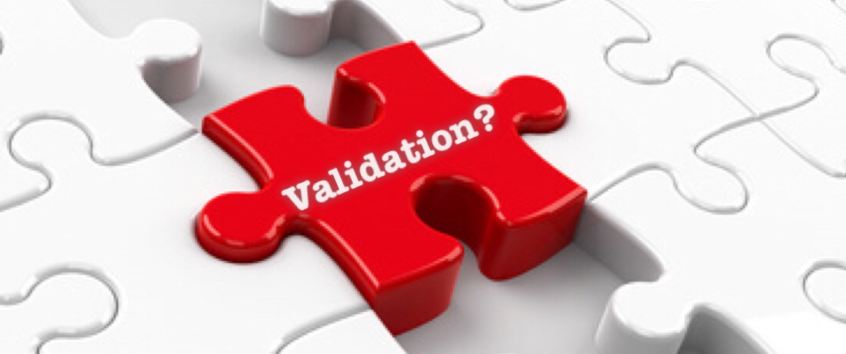Is linguistic validation the perfect way to translate for the pharma and healthcare industry – and w
Medical Pharmaceutical Translations • Aug 15, 2019 12:00:00 AM

Translation involves a significant amount of knowledge of the languages and cultures involved, but we usually think of it as a relatively straightforward process. Lately, however, an increasing number of health and pharma companies are opting for a process that’s much more complex. Linguistic validation, as the process is known, was recently highlighted at the international translator conference SlatorCon 2019 in London.
One of the most striking things about linguistic validation is that it involves a lot of steps:
– analyzing the source material. Clinical researcher and SlatorCon speaker Adelina Lear cautions that it’s vital to consider culture before starting a translation, since even small everyday details can differ from group to group. She gives the example of asking patients if they can cut meat with a knife. Not all cultures use knives and forks, or eat meat. On a patient questionnaire or in marketing research material, these kinds of questions have to be modified to reflect the target culture
– forward translations. After taking culture into account, generally one or two translations are created from the source text.
– the “reconciliation stage”. A high-quality translation is created from the best parts of the forward translations.
– back translations. The translation is translated back into the native language, in order to be absolutely sure that it’s as close as possible to the source. Sometimes, this step involves multiple back translations.
– “cognitive debriefing”. Test patients who are speakers of the target language are asked if they understand the text and can rephrase it.
– quality control. Is the text the best it can be, in every way?
– final proofreading.
As you probably guessed, linguistic validation can often take a long time. Lear estimates that the average translation created with linguistic validation would take eight to twelve weeks to deliver. More complicated work – for example, projects involving a rare area of medicine – could take even longer.
By comparison, the average translation may take as little as a few days to a week or two, depending on the length and complexity of the source document(s).
Linguistic validation’s thoroughness of the process is admirable and reassuring – but is it the best option for your health or pharma translation?
The answer isn’t as clear as it might seem.
Although they may not use the linguistic validation process, if you’re getting effective results from your translated material, it probably means that your translator or LSP does follow a similar process. They may not do it on as grand a scale or over as long a period of time, but a successful translator or transcreator will inherently follow some version of most of these steps.
For example, when it comes to analyzing a document, no translator will just jump in. They’ll certainly take things like both the target culture and your company culture into account. Ideally, if they have any questions for you regarding things like specific jargon, you should be available to answer these.
Once they’re certain about how to approach a text, most certified translators won’t simply translate alone and call it a day; if they aren’t part of a team of translators, they will at the very least use CAT (Computer-Assisted Translation) tools. CAT tools are essentially a database, or memory, of previously translated words and phrases. You can read more about these, from very specific instructions on how they’re used, to their advantages and disadvantages, here.
The translator will then look over the translation that they’ve produced and make changes, a process similar to linguistic translation’s forward translations, back translations, quality control, and final proofreading steps.
After that, a translation agency should provide another round of proofreading, to make sure that there are no lingering errors.
This process may not sound as involved as linguistic validation but it’s usually just as effective. And because it takes less time, if your company has a tight deadline to meet or is continually putting out content that needs to be translated, it’s probably the perfect choice.
Still, if you’re concerned that your current LSP, translator, or transcreator doesn’t use the linguistic validation process, feel free to ask them about what goes into their translations. You’ll probably be pleasantly surprised by the complexity and attention to detail. After all, a successful translator knows that translation is a detailed process, no matter what method you use.
